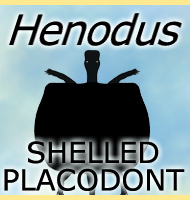Shaochilong
In Depth The fragmentary nature of Shaochilong resulted in it being included into the Chilantaisaurus genus, a theropod dinosaur also from the Ulansuhai Formation. However while fragmentary, the fossil remains for C. maortuensis were much larger that the estimated length of two and a half meters for other Chilantaisaurus material. Questions were first raised about … Read more
